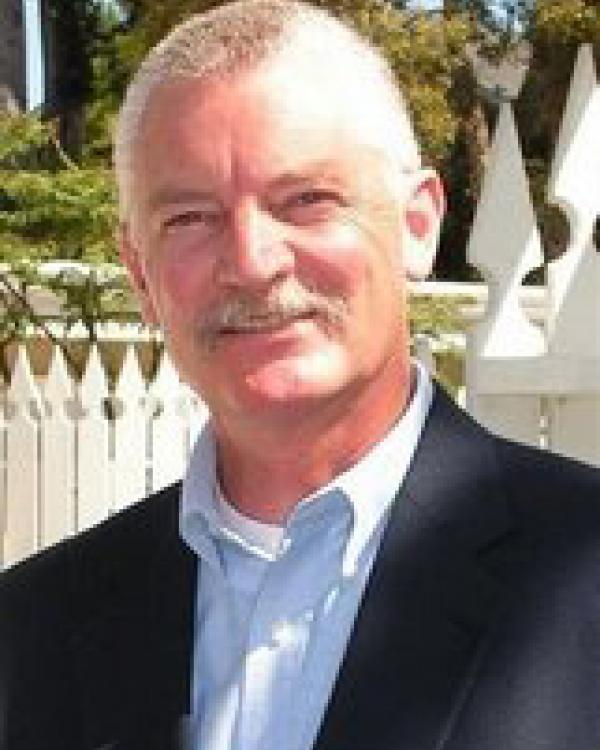
Cal Poly’s journalism department recently promoted Dan Eller - JDPgraduate in Summer 2010 - to be the new head of the public relations (PR) concentration. Eller has also worked as communciations director at Hearst Castle for the past 17 years. He kindly answered some questions for us by e-mail recently.
How has your JDP degree helped prepare you for your new position as head of the public relations concentration at Cal Poly?
The Ed.D. program allowed me to incorporate current educational technology in my classroom pedagogy. My leadership skills gained from the JDP allow me to work more effectively in a collaborative manner with students, staff, and fellow faculty. The research skills will be useful next quarter as I start advising students regarding senior projects. Finally, the JDP faculty and staff served as role models for my faculty development at Cal Poly.
What is it like both doing pr (as the director of communications at Hearst Castle) and teaching pr? (And how do you just find the time?)
Easy!!! I work part-time at Hearst Castle, and teaching is a joy! My time on campus at Cal Poly does not seem like work, because I enjoy work with the students creating and building knowledge for the future.
Public Relations seems an ever-evolving field. Where do you see things going in the next five years?
Social media is the future of PR, and focusing on friendraising:
"Building Public Relations on a Foundation of Friendraising" - Dr. Dan Eller
Most public relations professionals are quite adept at building relationships with their clients and publics, but how do we carve out a pathway that facilitates a smooth road for these relationships to travel and ultimately expand? What I’ve found in my professional public relations practice is focusing on friendraising. You ask, what is friendraising in terms of public relations practice and how do I get started? Really the answer is simple…FOCUS ON THE FUTURE! Who are the people that you need to network with today, and how will this experience create future opportunities for everyone involved? How does friendraising differ from networking? First, be on the lookout for new individuals and groups that will allow you to build effective and sustainable relationships by developing your use of friendraising. Don’t stay inside the box, or just look outside the box, throw the box away and be open to creating and seeking new opportunities to meet and develop a relationship with those who haven’t yet discover what you have to offer to meet each other’s needs.
Second, develop the strategies necessary to implement your friendraising tactics. Do your homework to actively seek out and interface with those who will benefit through a mutual relationship. Craft the message that will resonate with these new friends that draw them in to what you have to offer and how what they bring with them helps each other.
Third, develop and implement the tactics that will allow you to practice the art of friendraising. Be creative and do the things that show your forward thinking as a public relations practitioner. Remember not everything we do always hits a homerun, but choosing a different bat may be just what you need to hit the ball out of the park.
Finally, always look at the new people you meet, and who they represent as an opportunity to collaborate with to build a relationship through friendraising. Now that we have successfully created new relationships through our friendraising efforts, focus on continued collaboration and look for further friendraising opportunities that create almost a domino effect. I am always actively looking for new opportunities to develop friends, and foster a relationship with them that will build the foundation of my public relations efforts to develop and succeed!
How do the fields of education and public relations intersect?
We build and maintain relationships in both PR and education with our publics. Transparent communication is key to both through creativity: Providing higher education students with a collaborative extraordinary learning environment is one that allows for imagination that fosters student creativity. This creative higher education learning environment drives the student to pursue new ideas and approaches to an ever changing world. Educational leaders in higher education that provide a creative environment for students to imagine what they desire, will create a pedagogy where the learner can will what they imagine so they can create what they will.